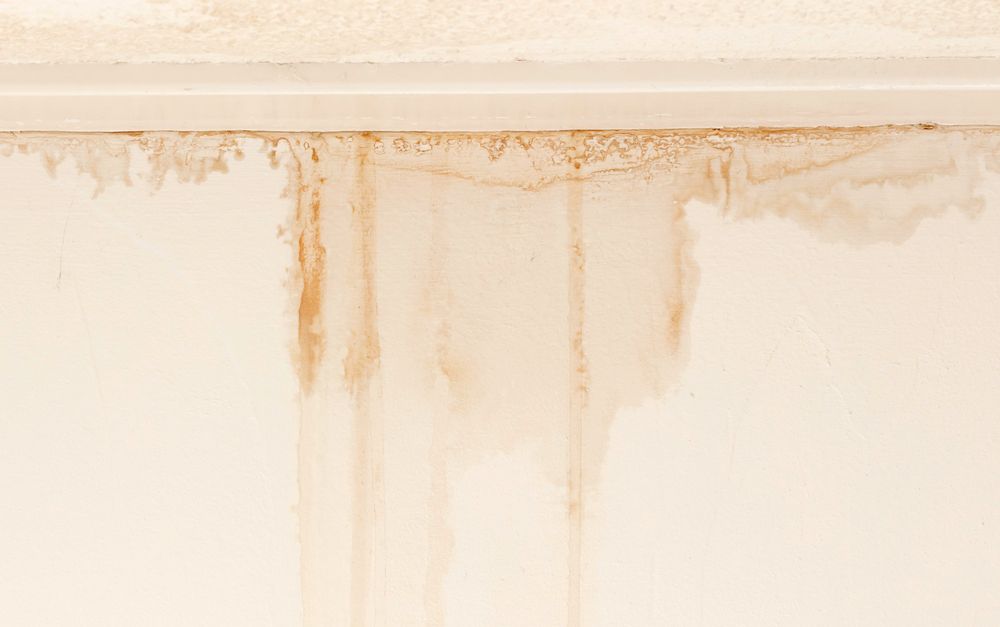Just how to Examine If Your Home Has a Covert Leakage
Just how to Examine If Your Home Has a Covert Leakage
Blog Article
The author is making a number of good points related to Detecting hidden plumbing leaks as a whole in the article further down.

Early discovery of leaking water lines can reduce a prospective disaster. Some small water leakages might not be noticeable.
1. Analyze the Water Meter
Every residence has a water meter. Examining it is a surefire way that aids you find leaks. For starters, switch off all the water resources. Ensure no one will flush, make use of the faucet, shower, run the cleaning equipment or dishwasher. From there, go to the meter as well as watch if it will certainly alter. Given that no person is utilizing it, there need to be no movements. If it moves, that indicates a fast-moving leakage. If you detect no modifications, wait a hr or 2 and also inspect back once again. This implies you might have a slow leak that could also be underground.
2. Examine Water Intake
Examine your water costs as well as track your water consumption. As the one paying it, you should see if there are any type of discrepancies. If you spot sudden changes, regardless of your usage being the same, it suggests that you have leakages in your plumbing system. Keep in mind, your water costs must drop under the very same range monthly. An unexpected spike in your expense indicates a fast-moving leak.
A steady increase every month, also with the exact same routines, shows you have a sluggish leak that's additionally gradually rising. Call a plumber to thoroughly inspect your residential or commercial property, specifically if you feel a cozy area on your flooring with piping below.
3. Do a Food Coloring Test
When it comes to water consumption, 30% comes from bathrooms. If the color somehow infiltrates your bowl throughout that time without flushing, there's a leak between the storage tank and also dish.
4. Asses Outside Lines
Don't forget to examine your exterior water lines also. Needs to water permeate out of the link, you have a loose rubber gasket. One little leak can throw away heaps of water as well as increase your water bill.
5. Inspect and also Evaluate the Scenario
Property owners must make it a behavior to check under the sink counters and even inside closets for any bad odor or mold and mildew development. These 2 warnings show a leak so timely interest is needed. Doing regular evaluations, even bi-annually, can save you from a major issue.
Check for discolorations and also damaging as most pipes and appliances have a life expectations. If you presume leaking water lines in your plumbing system, do not wait for it to rise.
Early discovery of leaking water lines can mitigate a possible calamity. Some tiny water leaks might not be noticeable. Examining it is a guaranteed method that assists you discover leaks. One little leak can lose loads of water and surge your water costs.
If you think leaking water lines in your plumbing system, do not wait for it to escalate.
WARNING SIGNS OF WATER LEAKAGE BEHIND THE WALL
PERSISTENT MUSTY ODORS
As water slowly drips from a leaky pipe inside the wall, flooring and sheetrock stay damp and develop an odor similar to wet cardboard. It generates a musty smell that can help you find hidden leaks.
MOLD IN UNUSUAL AREAS
Mold usually grows in wet areas like kitchens, baths and laundry rooms. If you spot the stuff on walls or baseboards in other rooms of the house, it’s a good indicator of undetected water leaks.
STAINS THAT GROW
When mold thrives around a leaky pipe, it sometimes takes hold on the inside surface of the affected wall. A growing stain on otherwise clean sheetrock is often your sign of a hidden plumbing problem.
PEELING OR BUBBLING WALLPAPER / PAINT
This clue is easy to miss in rooms that don’t get much use. When you see wallpaper separating along seams or paint bubbling or flaking off the wall, blame sheetrock that stays wet because of an undetected leak.
BUCKLED CEILINGS AND STAINED FLOORS
If ceilings or floors in bathrooms, kitchens or laundry areas develop structural problems, don’t rule out constant damp inside the walls. Wet sheetrock can affect adjacent framing, flooring and ceilings.
https://www.servicemasterbyzaba.com/blog/how-to-detect-water-leakage-in-walls/

We hope you enjoyed reading our post on Hacks to detect leaks. Thank you for spending some time to read our blog post. Appreciated our write-up? Please share it. Help others find it. Thank you for your time. Don't hesitate to pay a visit to our site back soon.
Report this page